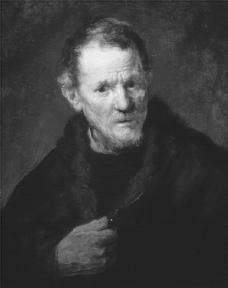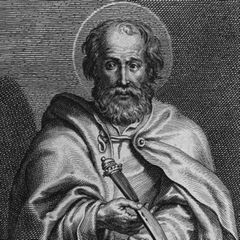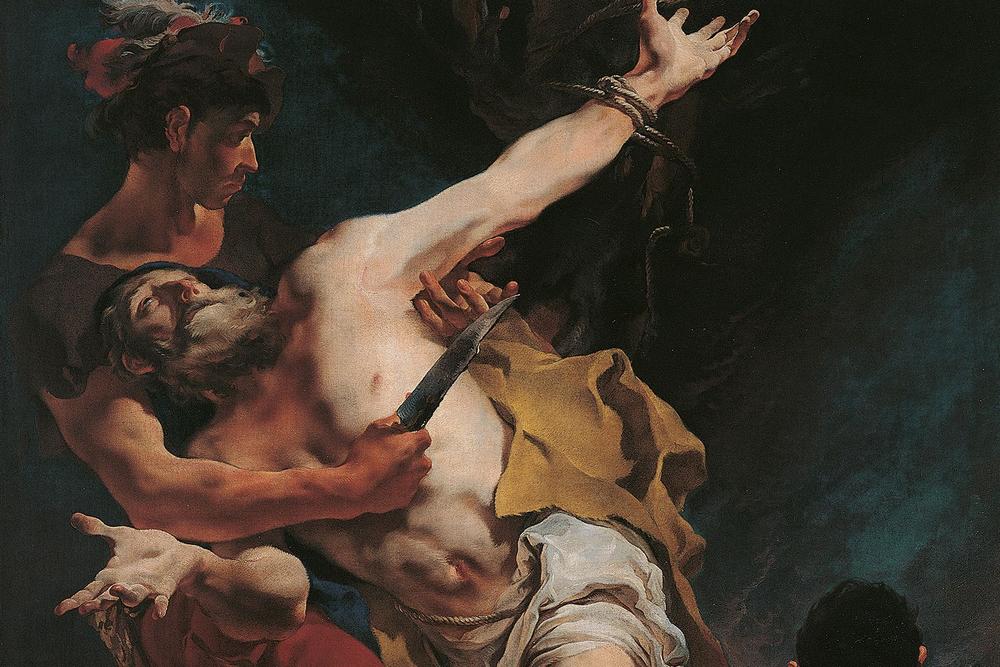 After Philip was chosen by Jesus, he sought out his close friend Bartholomew and told him, “We have found the one Moses wrote about … and of whom the Prophets also wrote—Jesus of Nazareth, the son of Joseph.” But Bartholomew said, “Nazareth! Can anything good come from there?” “Come and see,” Philip answered. When Jesus saw Bartholomew approaching, he observed, “This man is a true Israelite, in whom there is nothing false.” “How do you know me?” Bartholomew asked, and Jesus answered, “I saw you while you were still under the fig tree before Philip called you.” Then Bartholomew declared, “Master, you are the Son of God; you are the King of Israel” (John I: 44–51)
After Philip was chosen by Jesus, he sought out his close friend Bartholomew and told him, “We have found the one Moses wrote about … and of whom the Prophets also wrote—Jesus of Nazareth, the son of Joseph.” But Bartholomew said, “Nazareth! Can anything good come from there?” “Come and see,” Philip answered. When Jesus saw Bartholomew approaching, he observed, “This man is a true Israelite, in whom there is nothing false.” “How do you know me?” Bartholomew asked, and Jesus answered, “I saw you while you were still under the fig tree before Philip called you.” Then Bartholomew declared, “Master, you are the Son of God; you are the King of Israel” (John I: 44–51)
Bartholomew is described in The Apostolic History of Abdias (Bishop of Babylonia ordained by the apostles) as a man of middle height with long curly black hair, large eyes, straight nose, and a thick beard. Always cheerful, he had a voice like a trumpet, and knew all languages. Twenty-six years he wore the same white robe with a purple stripe, and a white cloak; yet the garments never tattered or soiled.
Bartholomew’s ministry belongs to the tradition of the Eastern churches. He traveled to Asia Minor (Turkey), perhaps in the company of Philip, where he labored in Hierapolis. In the region the ancients referred to as India (The term ‘India’ was used indiscriminately to refer to Arabia, Ethiopia, Libya, Parthia, and the Medes.) it is said that “Bartholomew, one of the Apostles” left behind the Hebrew Gospel of Matthew.

Apostle Bartholomew and the Question of Nathanael’s Identity
In his long life Bartholomew performed many wonderful feats, including the healing of the sick. With the aid of an angel, he banished from a false idol a demon-described as “sharp-faced, with a long beard, hair to its feet, fiery eyes, breath of flames, and spiky wings.” An Apocryphal Gospel of Bartholomew remains to this day.
 The discrepancy between the synoptic material and the Johannine material has been the cause of much speculation over the centuries. The question of Nathanael’s identity has led many to explore further the identity of Bartholomew. Whenever Bartholomew’s name is revealed in the Synoptic Gospels (Matthew 10:1-4, Mark 3:13-16, and Luke 6:12-16), he is also declared as being in the company of Philip.
The discrepancy between the synoptic material and the Johannine material has been the cause of much speculation over the centuries. The question of Nathanael’s identity has led many to explore further the identity of Bartholomew. Whenever Bartholomew’s name is revealed in the Synoptic Gospels (Matthew 10:1-4, Mark 3:13-16, and Luke 6:12-16), he is also declared as being in the company of Philip.
- The Armenian Church claims the holy apostle Bartholomew as their founder. In art he is often depicted beside a chained demon; his symbol is a knife blade.
- Holy days of Apostle Bartholomew: in the East, June 11; in the West, August 24.
- Apostle Bartholomew is also known as Nathanael. He is mentioned as Bartholomew, one of “the Twelve” in Matthew 10:3, Mark 3:18; Luke 6:14; and Acts 1:13. There is no further mention in the New Testament. However, John I:45 refers to him as Nathanael, which has led theologians to believe that Bartholomew and Nathanael are the same person.

Apostle Bartholomew: The Patron Saint of Dermatology
Bartholomew has long been associated with skin diseases and may be considered the patron saint of dermatology. This characteristic is attributed to one theory concerning his proposed manner of death. When Bartholomew cured the daughter of King Polymios of Armenia, the King adapted Christianity. Consequently, Astyages, the King’s brother, condemned St Bartholomew to be whipped and skinned alive, after which he was crucified upturned.
In the Sistine Chapel, Apostle Bartholomew is portrayed in Michelangelo’s “Last Judgment” as lashed and holding his own skin in his left hand. In Marco d’Agrate’s sculpture of St Bartholomew, found in the Basilica of Santa Maria della Steccata in Parma, Italy, he is represented carrying his skin round his body similar to a coat or blanket. As a consequence of this ghastly history, he has been renowned as the saint of dermatology. This connotation has also gotten him the label of patron saint of tanning, in which animal skin is detached and processed to produce functional goods.

Little is known about St Bartholomew’s life, other than that he was born in Galilee in the first century and served as one of Jesus’s 12 apostles. Even his correct name is uncertain, as his name can mean “son of Tolmay” or “son of the furrows.” Per se, he is often thought to be synonymous with Nathanael of Galilee, who was introduced to Jesus through his apostle Philip.
Several other stories of St Bartholomew’s death exist, involving one in which he was abducted, beaten, and cast into the sea to drown. Afterward, his body amazingly washed up at Lipari, a small island off the coast of Sicily. Close by, a large piece of his skin and bones were kept as relics at the Cathedral of St Bartholomew the Apostle. Over time, this church opened a medical facility, and St Bartholomew’s name and relics became associated with medicine and skin disease.